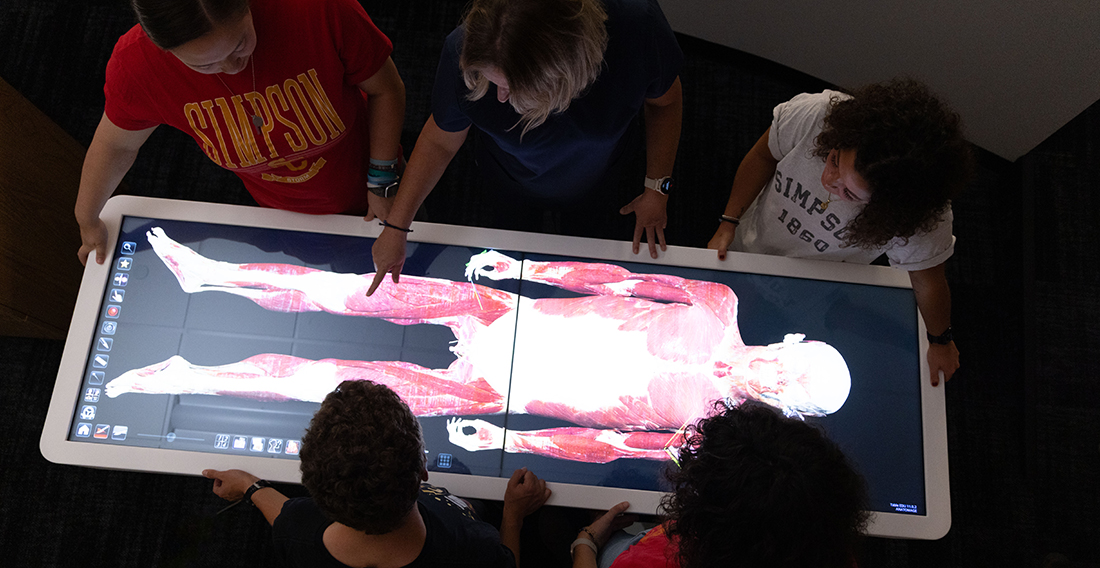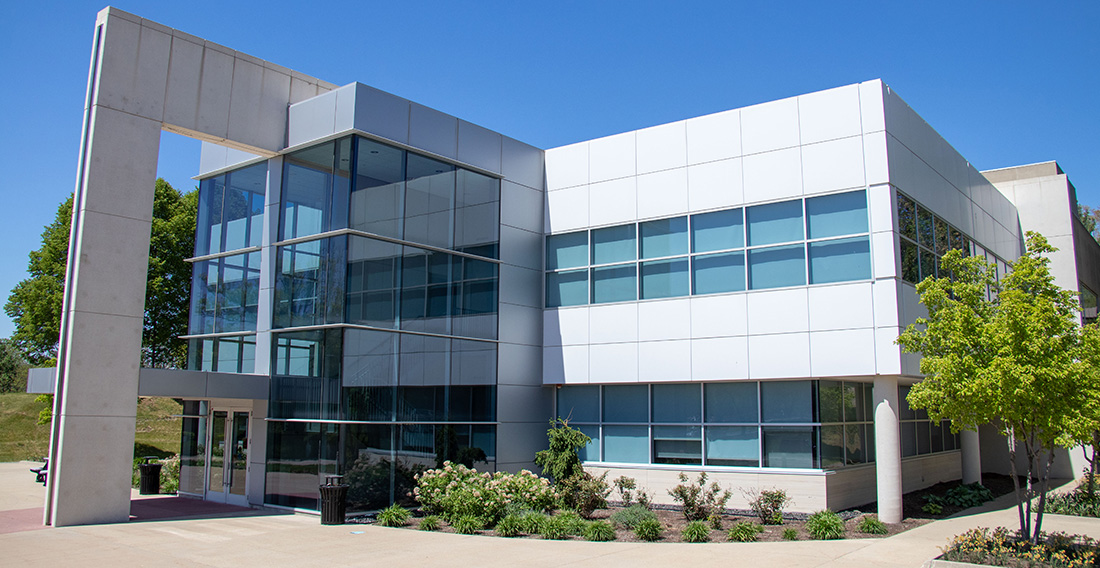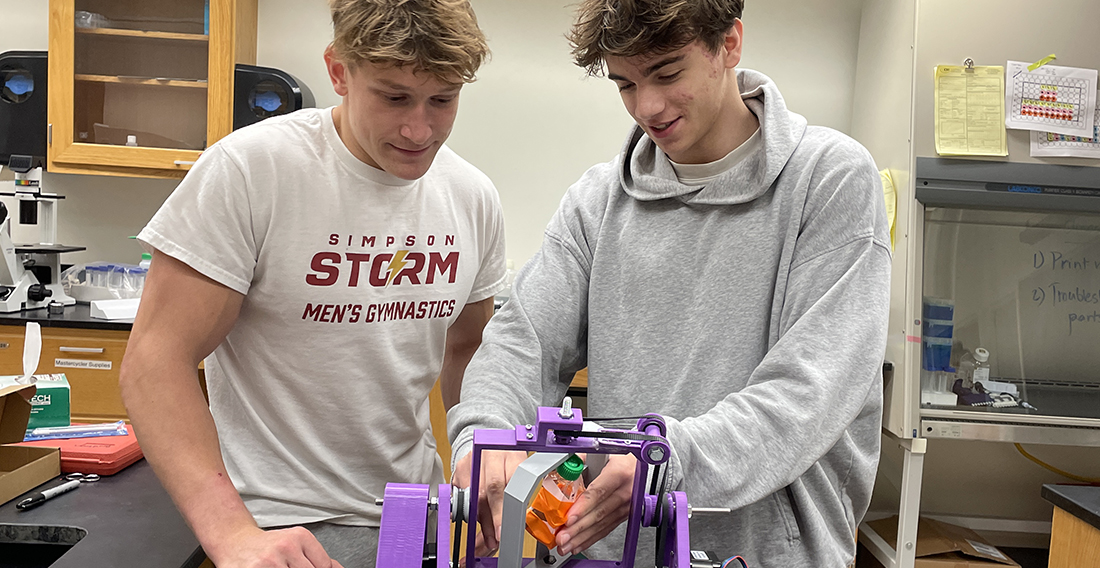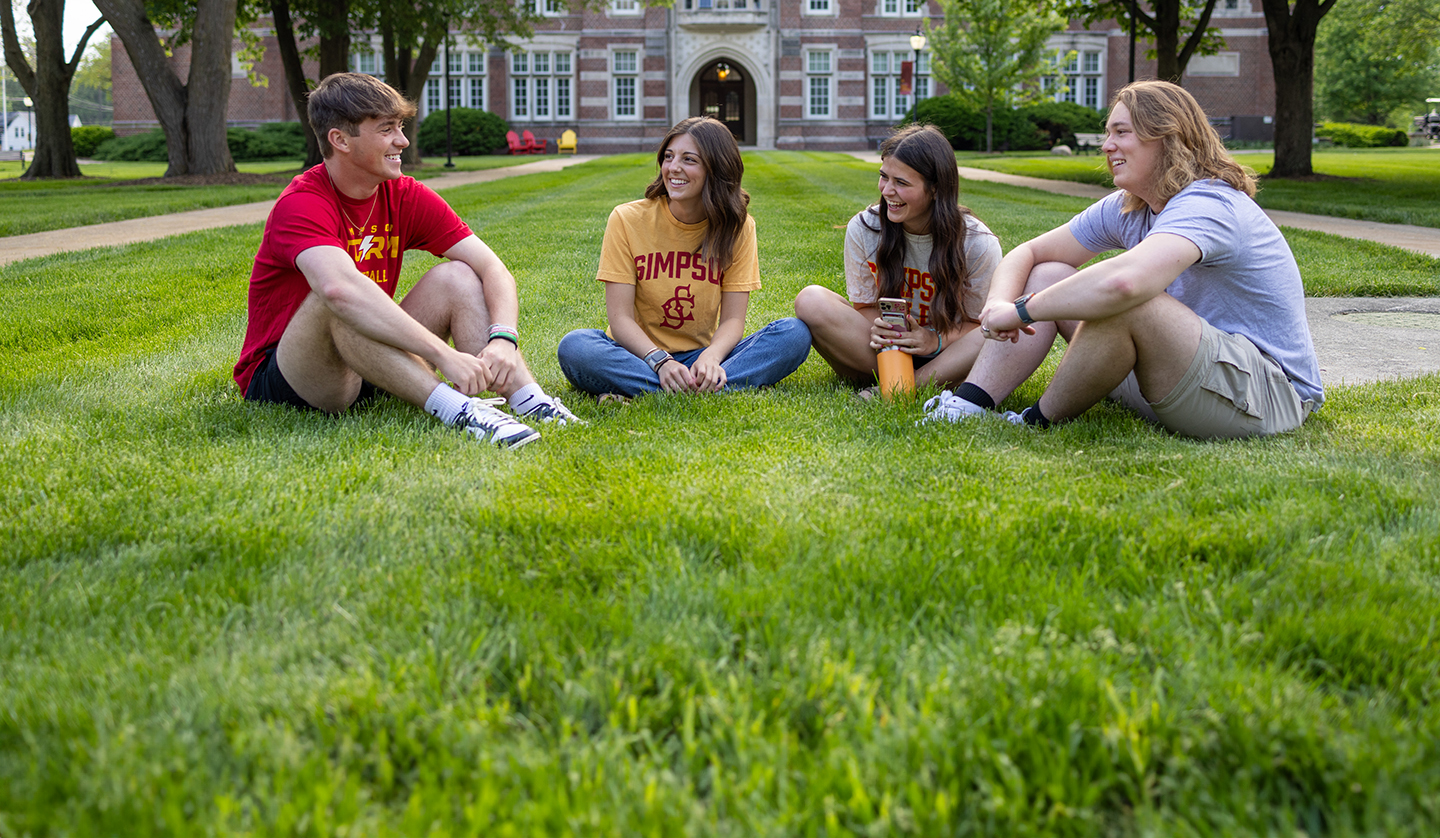Students recognized at international physics competition
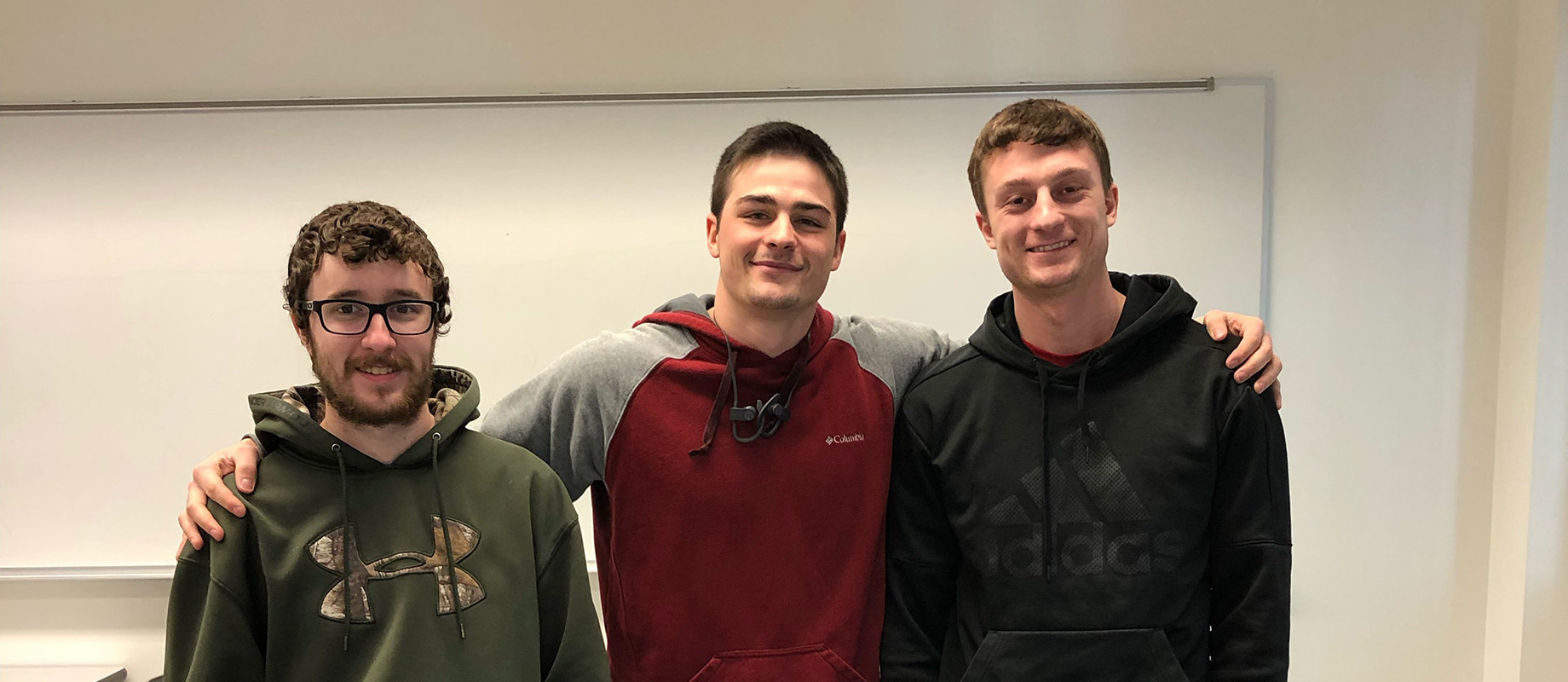
The results are in, and the Simpson physics team has scored big.
For the first time, Simpson had a team achieve a silver medal rating at the University Physics Competition, held Nov. 9-11. It also marks the first time multiple teams earned a medal.
Out of three teams participating, nobody went home empty handed.
The sophomore team of Denver Hargrove, Kade Tatkenhorst and Cole Jacobsen brought home a silver medal, ranking in the top 18 percent of all universities participating in the competition. The senior team of Micheal Hite, Brianna Lund and Jacob Austin brought home a bronze medal, scoring in the top 27 percent. The junior team of Zach Kreider, Cole Sigler and Daniel Camacho were rated Accomplished Competitors for scoring in the top 54 percent. Click here for full competition results.
That’s quite an achievement when considering the scope of the competition.
The University Physics Competition is an international contest for undergraduate students who work in teams of three at their home colleges and universities all over the world. Teams have just one weekend—48 hours—to analyze a complicated, applied physics scenario before writing a formal essay to describe their work. Results weren’t released until January 2019.
“The problem this year was pretty difficult,” said Tatkenhorst, a member of the sophomore team originally from Basehor, Kan. “Only having 48 hours to complete the project was pretty stressful.”
The teams chose to work on problem A (below), which asked how a light powered spacecraft could be sent to the star Alpha Centauri. Simpson’s teams worked remotely in Carver Hall, sending their results in via email.
The sophomore team came together only two days before the competition began. Unsure of how they would do, the team decided to take a risk.
“It felt great to receive the award because all of our hard work paid off,” Tatkenhorst said. “It’s a great feeling to know that other people know how well your work is and getting ranked highly in such a great competition.”
Here’s a look at the problem solved by the Simpson teams:
Problem A: Sending a Light Sail Propelled Nanocraft to Alpha Centauri
It has been proposed that an ultralight spacecraft, with a mass of only a few grams, could be accelerated up to approximately 20% of the speed of light by pressure on a light sail from a ground-based array of lasers. This would require a light sail area of approximately 10 square meters and a laser array operating at a power at a level of approximately 50 gigawatts for 10 – 20 minutes. Analyze the spacecraft’s dynamics during acceleration: If the goal is to flyby Proxima Centauri b at closer than the Earth-Moon distance, what would be the necessary accuracy and precision of the beam from the laser array? What would be the margin of error in the fabrication of the light sail and the uniformity of the laser beam?
Article Information
Published
April 11, 2019
Author
Office of Marketing and Strategic Communication

